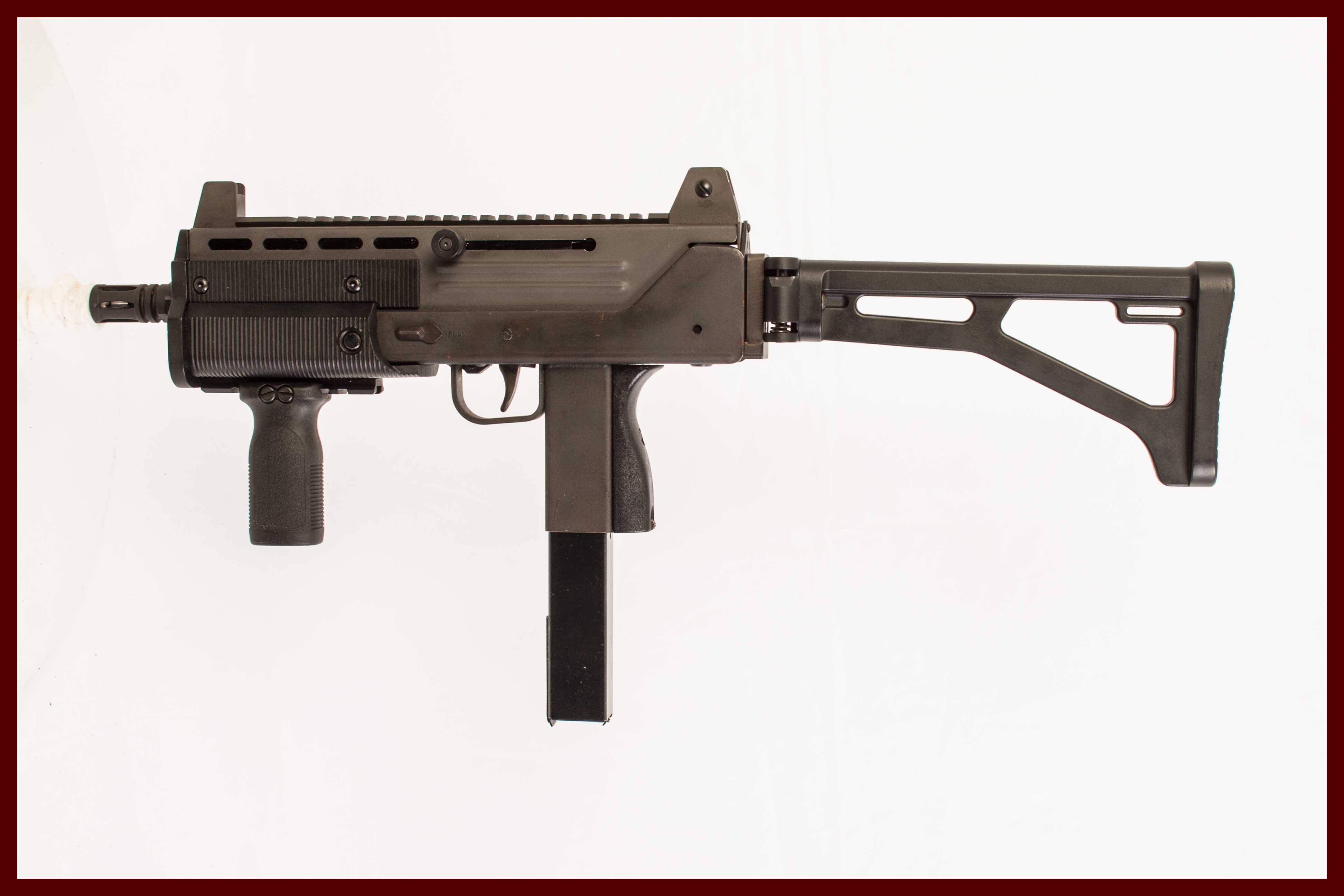

At the time of WerBell’s offer, Ingram had a steady job at Fairchild-Hiller in California and was making a good salary but he had a strong desire to get back in the firearms business. However, Ingram did not want to move to Georgia and, after years of unsuccessfully attempting to market his submachine guns, he had doubts about this latest opportunity. WerBell offered to hire Ingram as the Chief Engineer to oversee production of the M10 submachine gun. When WerBell saw the Ingram Model 10 he envisioned it as the perfect weapon for mounting one of his silencers. However, he was soon introduced to Mitch WerBell who was manufacturing a number of items for use by covert organizations with his primary product being sound suppressors for weapons.

The trigger mechanism and internal parts were of a slightly different design than was used on later production models.ĭespite his best efforts Ingram was unable to interest anyone in his new Model 10. The front sight protective ears lacked holes and the buttplate was non-folding. The weapon was full-automatic only, and the grip backstrap was fabricated from aluminum.
MAC 10 9MM BARRELS SERIAL NUMBER
There were a few features on serial number 2 that were different from future production models.
MAC 10 9MM BARRELS CRACK
No sound suppressor was made pending a viable solution to the inherent sonic crack produced by standard 9mm Parabellum cartridges. 01-02” cased C1018 steel, later changed to an 8620 chrome-moly investment casting. Ingram preferred telescoping stocks because folding stocks required too much room to deploy and could be blocked by lack of side clearance in close quarters. The M10’s short Schmeisser style feed ramp allowed reduction of overall gun length. Ingram began work on M10/9mm prototype serial number 2 in July 1965.

There were no orders or production of Ingram’s Model 10 submachine gun by the Erquiaga Arms Company. Treasury Department during one of the frequent raids on the Erquiaga factory. On 17 February 1965, Ingram’s first prototype Model 10 submachine gun was confiscated by the U.S. The first M10 submachine gun was a 9mm full-automatic only weapon and used a Sten magazine. Ingram and Erquiaga negotiated an agreement, and the rights to manufacture the Ingram Model 10 were granted to Erquiaga Arms and included in their catalog of weapons in October 1964. The completed weapon was then presented to company owner Juan Erquiaga. The new compact Model 10 was completely different than Ingram’s previous designs. By August, the initial drawings were completed and in September 1964 the first hand-built Ingram M10 submachine was finished. While employed at Erquiaga Arms Ingram began work on another submachine gun, chronologically designated as the Ingram Model 10 but was conceived on his own time and expense in his garage workshop. After returning to the United States Ingram took a job with Erquiaga Arms in California to assist in development of Juan Erquiaga’s MR-64 submachine gun. His efforts proved unsuccessful and very few of the Model 7 through Model 9 guns were built. After the demise of the Police Ordnance Company, Ingram continued improving his Model 6 design with Models 7 through 9 and attempted to interest foreign governments in the weapons. During the 1950s Gordon Ingram organized the Police Ordnance Company and had some success with Ingram’s Model 6 submachine gun.


 0 kommentar(er)
0 kommentar(er)
